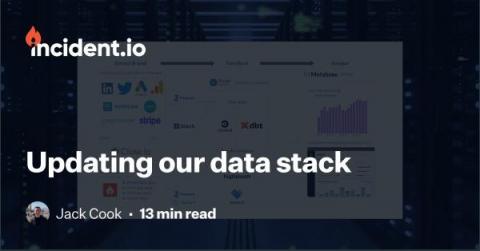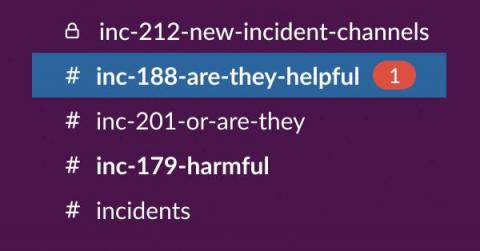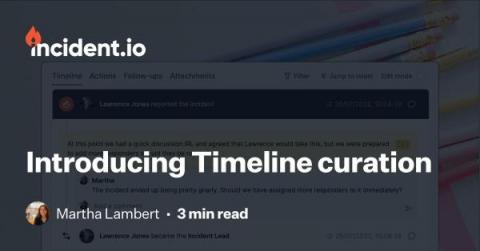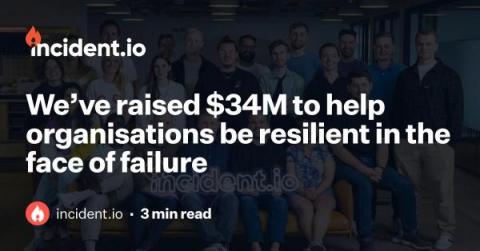Updating our data stack
It’s been over 6 months since Lawrence’s excellent blog post on our data stack here at incident.io, and we thought it was about time for an update. This post runs through the tweaks we’ve made to our setup over the past 2 months and challenges we’ve found as we’ve scaled from a company of 10 people to 30, now with a 2 person data team (soon to be 3 - we’re hiring)!











